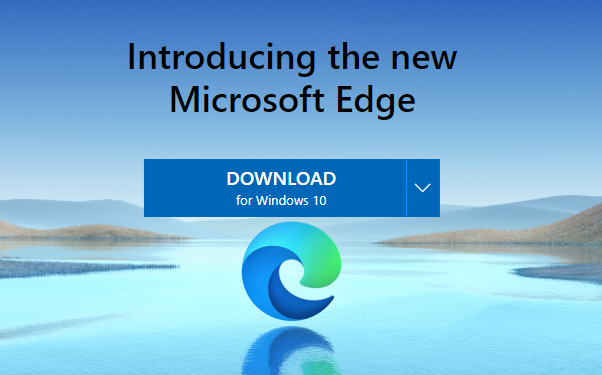

silent /install “” /installsource enterprisemsi /appargs “appguid= It’s the text on the BuildInstallCommand custom action, in the target column, after “installerdata,” highlighted below: You can find that string in the CustomActions table. Basically, you need to add your settings to what’s embedded into the Edge MSI itself. Then you need the Orca tool (which is surprisingly hard to find, but it’s out there). The basic steps laid out there actually work the same for the Edge MSI, which you can download from the Edge for Enterprise web site. It talked about creating a transform for the Chrome MSI, changing the command line to add the “do_not_create_desktop_shortcut” value. More searching lead me to this Chrome page on the ServerFault website.

(Both Chrome and Edge use Active Setup to do their per-user stuff.) OK, how do I provide these at install time? I could prove that the Edge installer never tried to read the master_preferences file (regardless of where I put it), so there had to be another way. Through additional reading, I discovered that there are two different types of settings in master_preferences: Those that are processed once at install time, and those that are processed for each user when they log on for the first time. OK, but does Edge support the same master_preferences mechanism? According to the Edge docs, it does.

And that documents a “do_not_create_desktop_shortcut” shortcut that sounded promising. The official Chrome docs pointed to a master_preferences file that links to a Chromium page that talks about the options. Since the new Chromium-based Microsoft Edge is based on the same engine as Chrome, the first task was to figure out how Chrome does this. But since I was getting tired of cleaning these off as I deployed Windows 10 devices using Windows Autopilot (it gets really messy after a while as you end up with several copies of the same app), I decided I would try to see what it would take to prevent that from happening. I really don’t understand why software installers still create desktop shortcuts, especially when that desktop is being synced to the cloud using OneDrive. Or more accurately, “a crash course into the inner workings of modern browser installers (which really aren’t that modern).” UPDATE 6: See my updated post for an easier way.


 0 kommentar(er)
0 kommentar(er)
